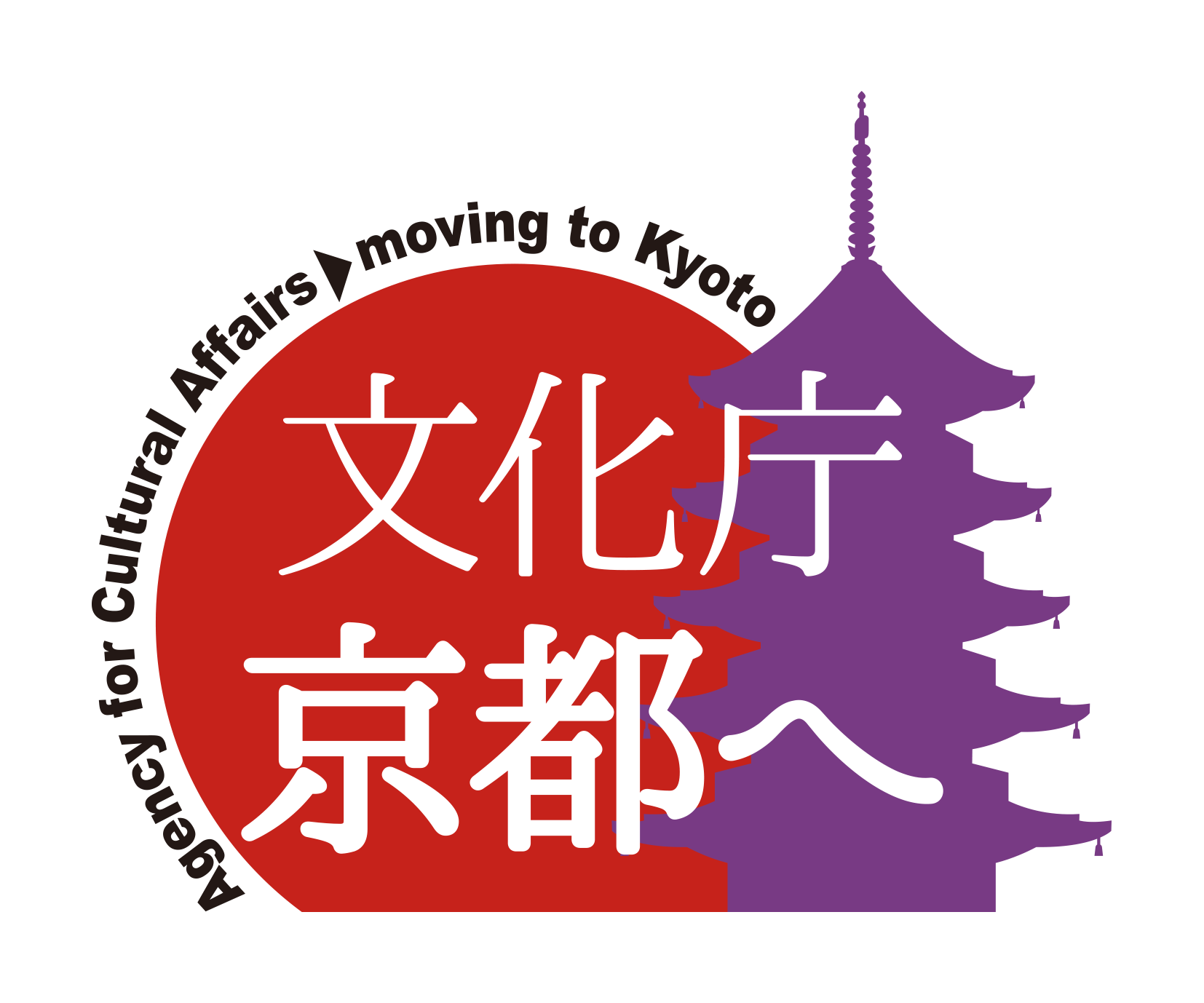Here, we will report on the class and the activities of the students at Ryukoku University, Daigoji × Ryukoku University’s “Advanced Community Management: The Process of Discovering and Solving Problems Learned from World Heritage Sites” (in charge: Prof. Kenki Kasai).
In addition, Prof. Kasai has set up a special Facebook page for this course “Advanced Community Management”. Detailed class reports for each session are also available, so please refer to them as well.
“Advanced Community Management” Facebook page
Participation in the Daigoji Manlankai
On Wednesday, August 5th, almost all of the students participated in the Manlantern Ceremony at Daigoji Temple for interviews and observations.
The Manlankai is an event held by the entire mountain of Daigoji Temple, where lanterns and lanterns are lit to pray for the memorial service of the ancestors of each family and the preciousness of life in anticipation of the Obon festival. This event is visited by many people who have a connection to Daigoji Temple and local residents.
The students who participated in the Manlankai were able to discover a side of Daigoji Temple, which has a deep connection with the community, in a way that will be useful for future research activities.
In addition, in conjunction with the participation in the Manlantern Festival, the team in charge of “Outside Daigoji Temple” interviewed the principal of Daigo Elementary School. This interview was conducted under careful preparation, with an appointment made with the principal in advance through a staff member of Daigoji Temple. Children from Daigo Elementary School also dedicate lanterns, and many children participate in the lantern party every year. Through the interviews, we learned that Daigoji Temple and Daigo Elementary School have a deep history of connection, and that they are working with companies to support elementary schools in the areas affected by the Great East Japan Earthquake and to interact with children at elementary schools in the affected areas.
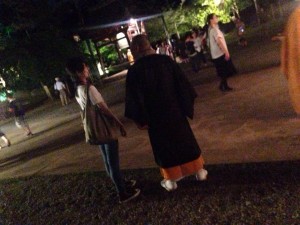
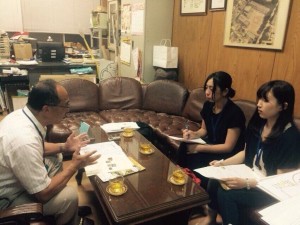
Through the interviews, the students will discover aspects of Daigoji that they had not discovered before, which will lead to problems being solved.
Looking back on the training camp and planning activities for the summer vacation
On Thursday, July 9 and Thursday, July 23, classes were held to review the training camp and plan activities mainly during the summer vacation.
Prof. Kasai gave a lecture on how to make an appointment when visiting Daigoji Temple and related facilities to be investigated in this course, and about “civic pride” (the attachment that people who live in the city and those who are related to the city feel).
Future activities will also be divided into three teams, each of which will be in charge of “inside Daigoji”, “around Daigoji”, and “outside Daigoji”. The team in charge of “inside Daigo-ji” will work to solve problems for the monks and staff of Daigo-ji and the shops in the temple grounds. The team in charge of “The Periphery of Daigo-ji” will conduct a survey on the “Terakoya Project” and “Daigoichi City” that are being implemented in cooperation with Daigo-ji and other organizations. We will conduct interviews with the team in charge of “outside Daigoji” and local residents, as well as research on Daigoji’s community contribution efforts through nearby elementary and junior high schools.
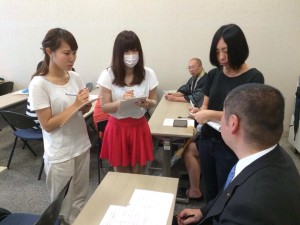
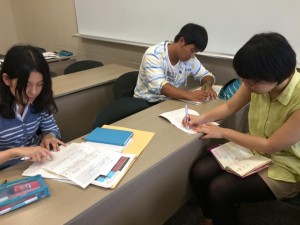
They immediately made plans to participate in the “Mankankai” event at Daigoji Temple to be held on Wednesday, August 5th, and showed a very positive attitude.
Training camp
On Saturday, June 20th and Sunday, June 21st, we held a training camp at Daigoji Temple. The purpose of this training camp is to “find clues to find problems”. PBL is an abbreviation for “Project / Problem Based Learning”, which is a style of learning that discovers problems and proposes solutions mainly through group learning. As for this method of discovering issues, there are cases where a theme is set to some extent in advance, but in Professor Kasai’s class, students collaborate with the people of Daigoji Temple to discover problems from scratch through this camp. Therefore, this training camp is a real start.
The training camp will start at 13:00 on Saturday 20 June. In order to deepen the understanding of Daigoji Temple in order to deepen the understanding of Daigoji Temple in order to hold a training camp at Daigoji Temple and to discover issues, a lecture was given by Rev. Junhide Nakata, General Manager of Daigoji Temple, on the theme of “The Situation of Daigoji Temple and the Direction It Aims For.” From Master Nakata, since its founding, Daigoji has valued the spirit of valuing the “relationship,” “nature,” and “life” of its founder, Seihojojin, as well as gratitude and prayer for them, and has overcome many difficulties such as the Onin War in the Muromachi period and the abolition of Buddhism during the Meiji Restoration through cooperation with the people who believe in Daigoji Temple, the people in the community, and sometimes the people in power at that time, and their “heart” and “prayer” are still present today. He talked about the fact that he is operating on the basis of.
Next, a lecture by Prof. Kasai was held, and he emphasized that learning in PBL requires not only on-site learning but also accumulation of knowledge through classroom lectures and preliminary surveys (in order to connect discoveries and realizations in the field to problem solving, it is necessary to be backed up by knowledge and wisdom gained through classroom lectures), and that “heart” and “prayer” that value connection, nature, and life, which are the foundation of Daigoji. He talked about the importance of always keeping this in mind.
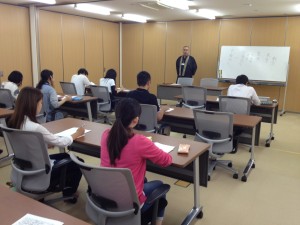
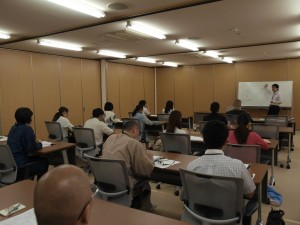
After that, the students and Daigoji officials were divided into groups and after an icebreaker, they performed a “town visit” at Daigoji Temple with Daigoji officials, and in the evening, a monk of Daigoji Temple gave a lecture on Daigoji’s cultural properties, connections with the local community, and how to make contributions.
At the end of the day, Mr. Minoru Takahashi, who is involved in the Daigoji Terako and projects, talked about his experience and advice on the project he is running in cooperation with Daigoji.
The next day, the group had a brainstorming session to share issues and ideas that they had noticed in the previous day’s activities, followed by a World Café where they shared the issues and expanded their ideas among the groups, and finally presented the results of the training camp to each group.
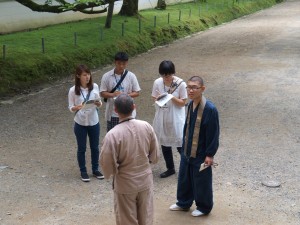
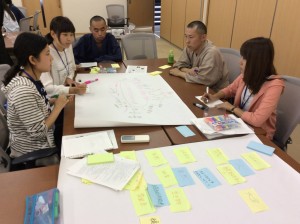
What kind of clues were the students in Professor Kasai’s class, who conducted a very intense training camp class, such as participating in sutra rituals and morning services, able to find clues to their assignments? It will be interesting to see what kind of solutions will be presented by concretizing the clues to the issues discovered this time.
Preparation for training camp
On Thursday, June 11, the 12th class was held.
Mr. Kasai’s class will hold a training camp at Daigoji Temple from Saturday, June 20 to Sunday, June 21. In the previous class on Thursday, June 4 and this time, we prepared for the training camp.
As in each class, following the check-in, Mr. Kasai explained the activities at the camp, the schedule, and points to keep in mind.
After Professor Kasai gave a lecture, the students were divided into three groups and began preparations for the camp.
The activities of this group started with last week’s class, and the training camp will be active with the same members. In addition, there were three people from Daigoji Temple this time, so each of them joined the group and participated in the work.
At the camp, activities such as icebreakers, town breakers, and brainstorming ideas for issues are held, but the students in each group take the lead in planning what exactly they will work on in each activity, not the teacher.
This was the second time that this group had been working with the group, and there was a very lively discussion.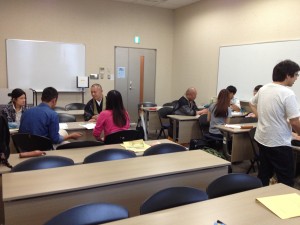
What kind of issues can be found in the training camp, and the project is reaching a major peak.
“Machiariki” Experience
On Wednesday, May 14, the 7th class was held. In each of Mr. Kasai’s classes, “check-in” and “check-out” are carried out at the beginning and end of each class. Each student will have 30 seconds to talk about their nicknames, their enthusiasm for the class, and their reflections on the class. This check-in and check-out seems to have the effect of fostering a sense of camaraderie and getting a sense of time, such as when giving a presentation. This time I checked in using a card called “Catalta”.
The main theme of this class is “Machiariki”.
As the name suggests, “Machiariki” means taking a walk around the city, but instead of just walking normally, you walk while consciously trying to discover something. In future classes, we will do a “town ariki” on the stage of Daigoji Temple, but this time we will do a rehearsal in preparation for it, and we will go around the town around Kyoto Station.
First, Prof. Kasai gave a lecture on the importance of setting a theme, the fact that what you discover does not have to be something that the government or the community intentionally stands out (such as historical site guides and tourist maps), and that those who have knowledge can make a variety of discoveries. After that, we formed a group of 3~4 people and had a 10-minute operation time. Based on the teacher’s advice earlier, we discussed the area to walk while looking at the guide map, theme setting, and division of roles.
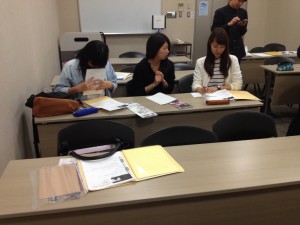
Finally, it was time to set off for the 40-minute “town area”.
One team set the theme as “the atmosphere of the city” and made a rule to “say what comes to mind” and went around Kyoto Station. I discovered the differences in the scenery between the north, south, east, and west of the station, as well as the characteristics of the sounds that can be heard in each. After the event, each team gave a report on the town, and there were many things that could be seen by actually walking around the town and walking with Mr./Ms. theme, and there were also discoveries unique to students who are not from their hometown (Kyoto).
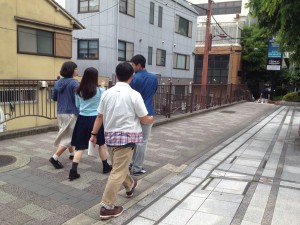
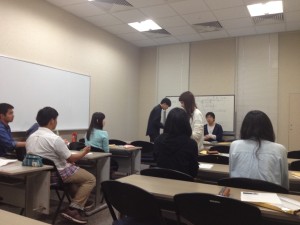
I hope that the students will make use of this experience to make new discoveries that will serve as resources for Daigoji and the community from their unique perspectives.
1st class ~ First visit to Daigoji Temple
On Wednesday, April 16th, Professor Kasai of Ryukoku University, who is active in Daigoji Temple, started his class. This course is the only year-round course (4 credits) among the Kyoto World Heritage PBL courses offered this year, and it is the subject with the largest number of classes among the Kyoto World Heritage PBL courses, which are taught 30 times.
This time, as it was the first class of the class, the teacher explained the annual class schedule and the attitude toward learning in this subject, and then the students introduced themselves to each other. It was so exciting that it was hard to believe that it was the first time, and the class proceeded in a very friendly atmosphere.
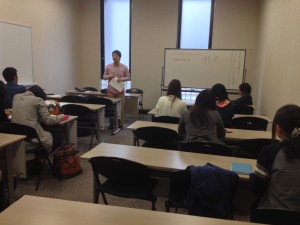
On Saturday the 18th, the 2nd and 3rd classes were held at Daigoji Temple. At Daigoji Temple, which was my first visit to the class, I first participated in a service at Maitreya Hall. After that, we received a word from Rev. Junhide Nakata of Daigoji Temple, and were guided by the people involved in Daigoji Temple to tour the precincts. Even after the class, all the students voluntarily toured the temple grounds, and it seemed that they were already developing an attachment to Daigoji Temple.
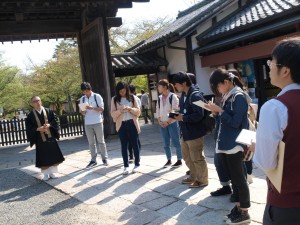
Inquiries
University Consortium Kyoto Credit Transfer Project
TEL 075-353-9120 FAX 075-353-9121
〒600-8216 Shimogyo-ku, Kyoto-shi, Nishitoin-dori, Shiokoji, Shimo-ku, Kyoto, Campus Plaza Kyoto
* Reception hours: Tuesday ~ Saturday 9:00 ~ 17:00 (excluding year-end and New Year holidays)
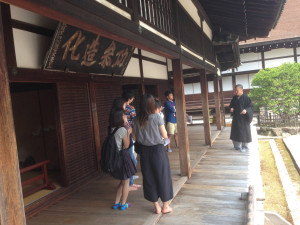
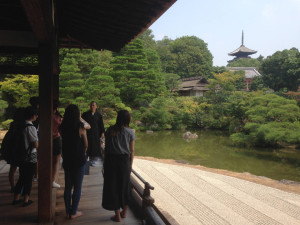
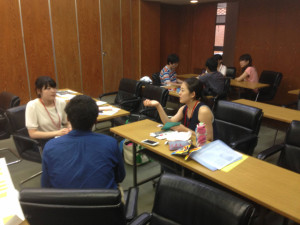
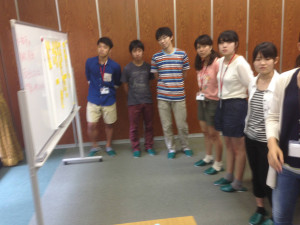














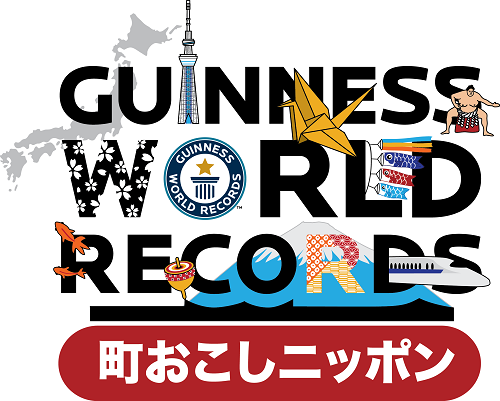 The Student Executive Committee of the Kyoto Student Festival Project, which is planned and managed by students and supported by Kyoto’s universities, the business community, the local community, and the government, held a grand community exchange event in cooperation with the Kyoto International Student Film Festival in cooperation with seven shopping districts in the Fushimi area and the Kyoto International Student Film Festival as a pre-event ahead of the Kyoto Student Festival Main Festival scheduled to be held in October this year.
The Student Executive Committee of the Kyoto Student Festival Project, which is planned and managed by students and supported by Kyoto’s universities, the business community, the local community, and the government, held a grand community exchange event in cooperation with the Kyoto International Student Film Festival in cooperation with seven shopping districts in the Fushimi area and the Kyoto International Student Film Festival as a pre-event ahead of the Kyoto Student Festival Main Festival scheduled to be held in October this year.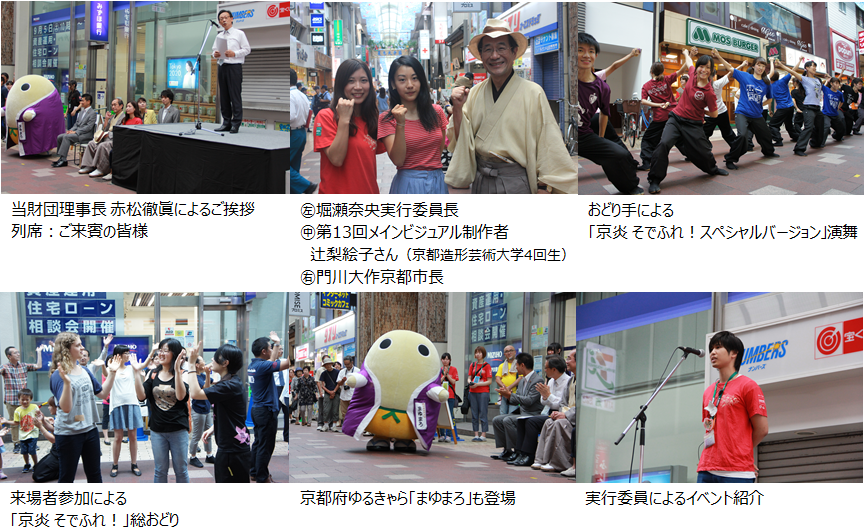
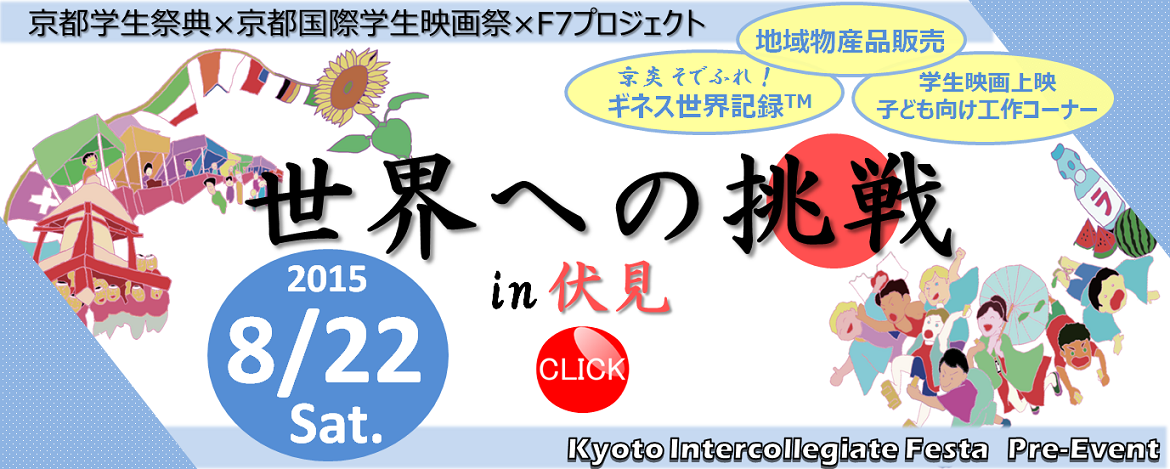
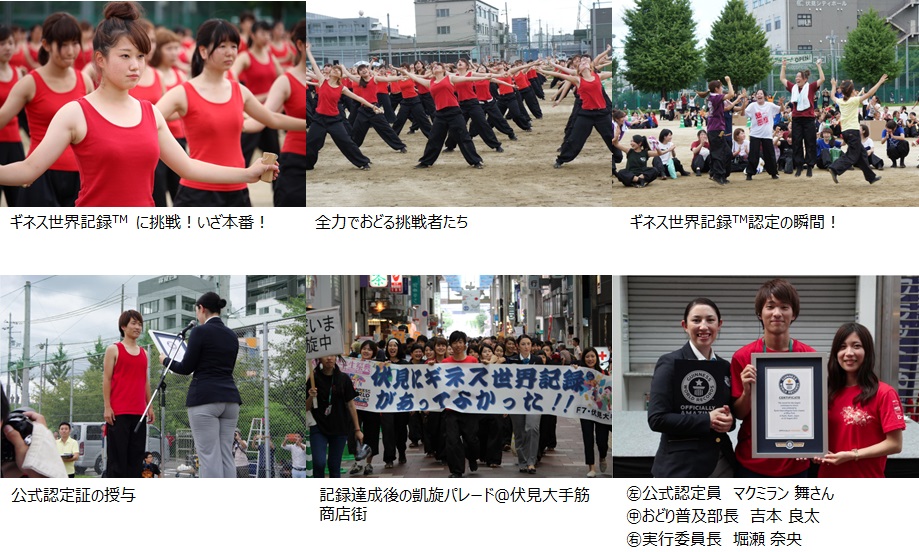

















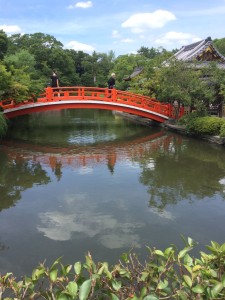
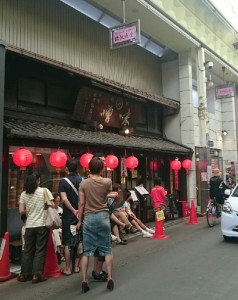
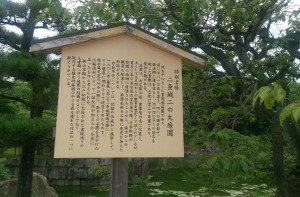
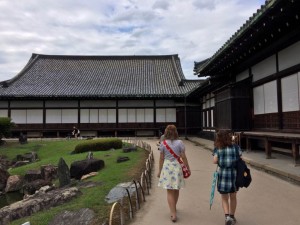
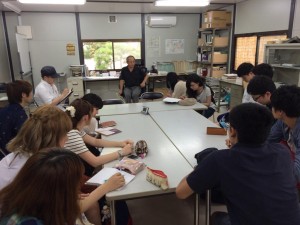
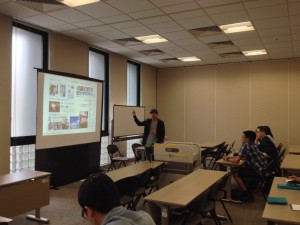
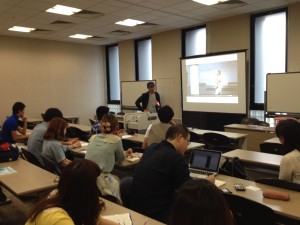
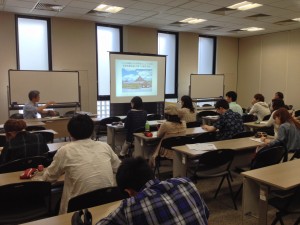
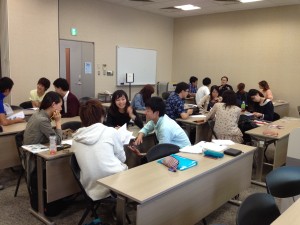
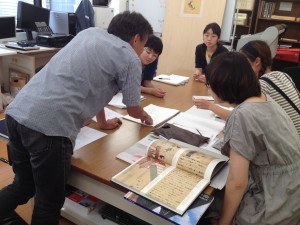
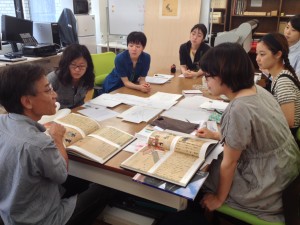
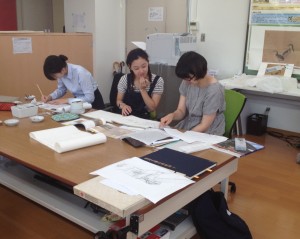
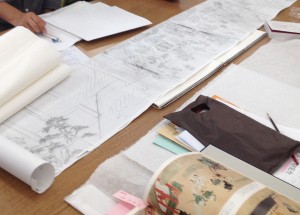
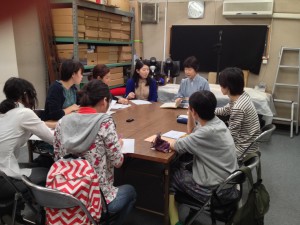
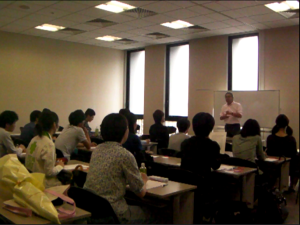
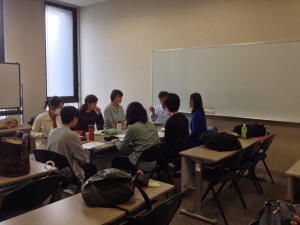
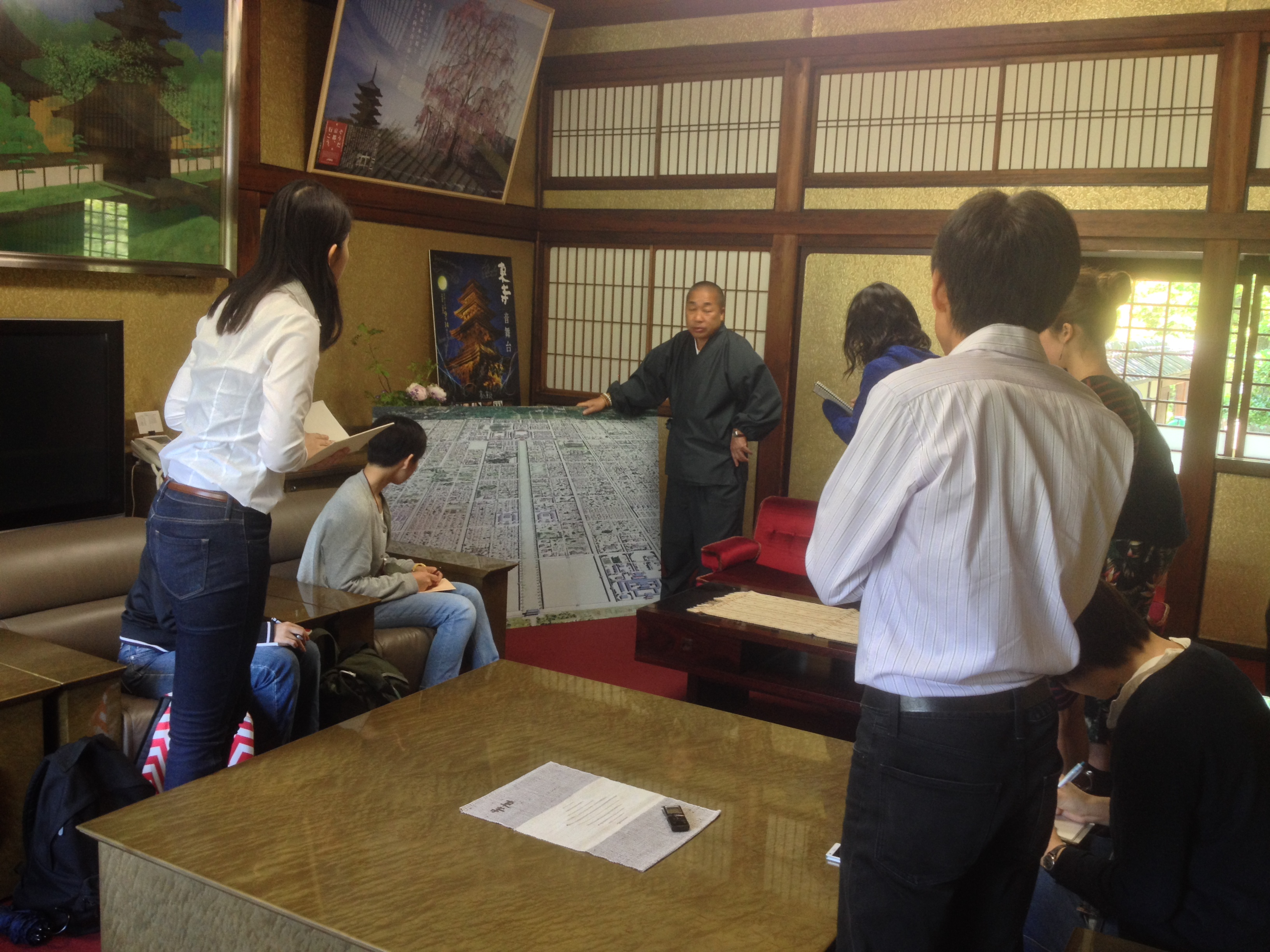
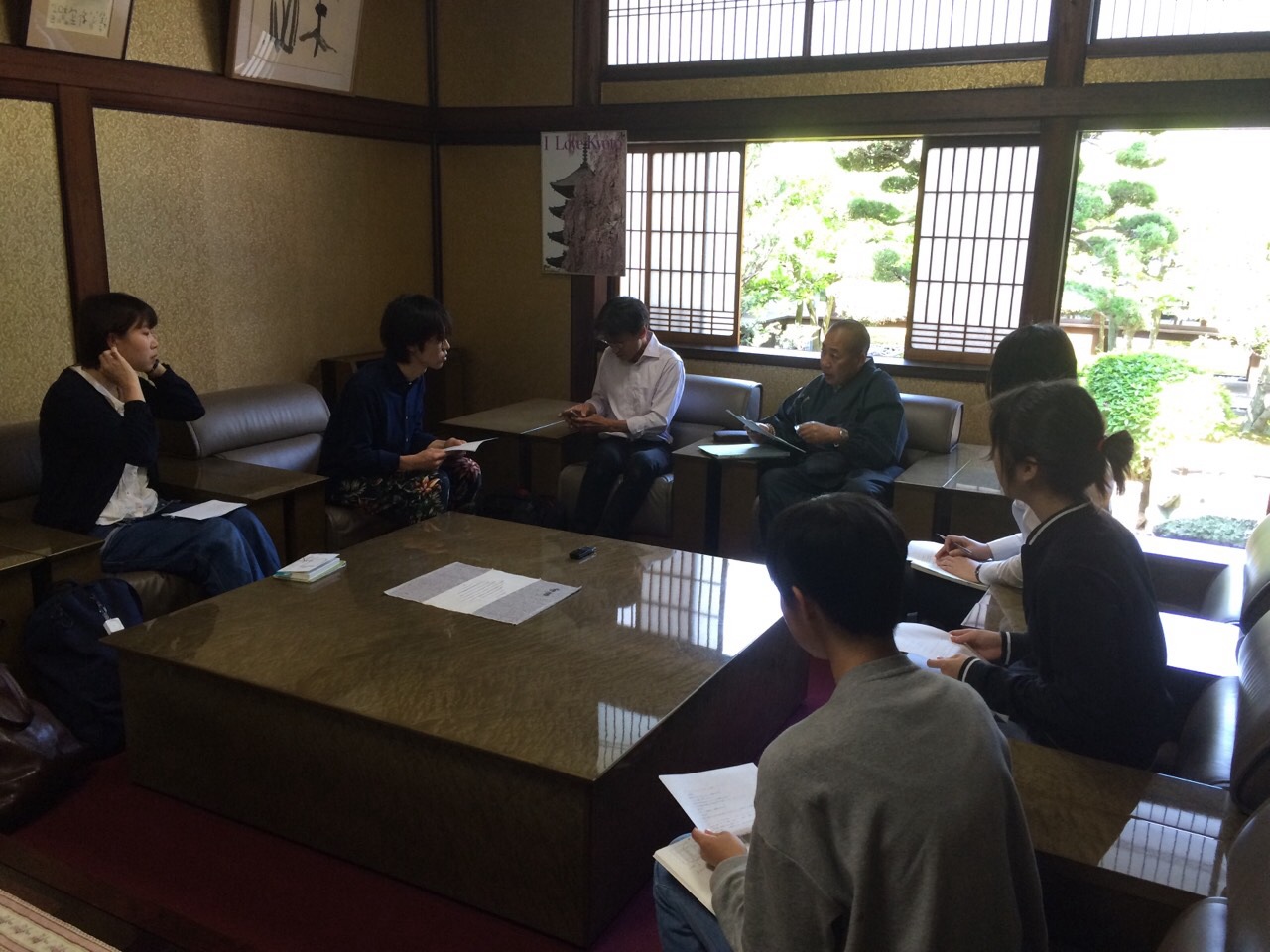
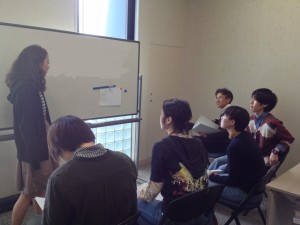
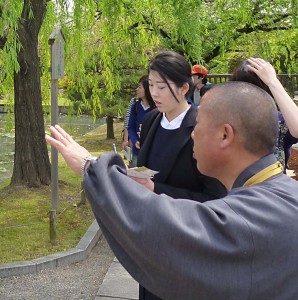
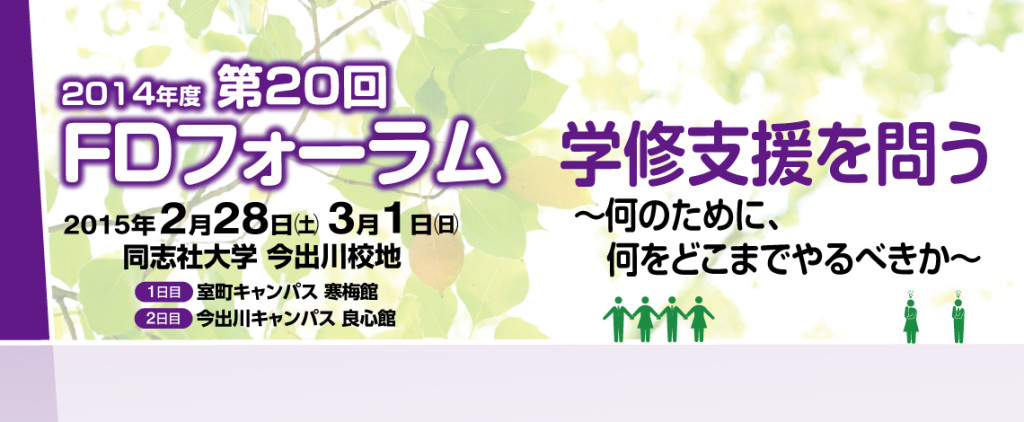
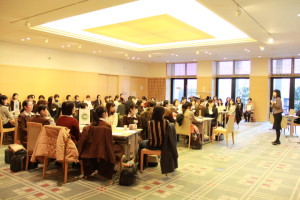
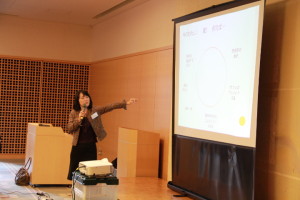
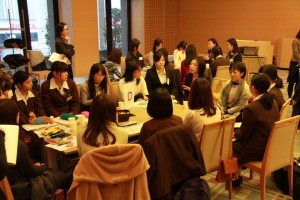
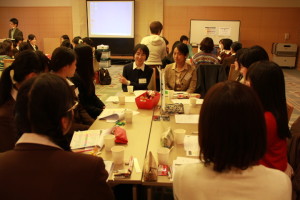
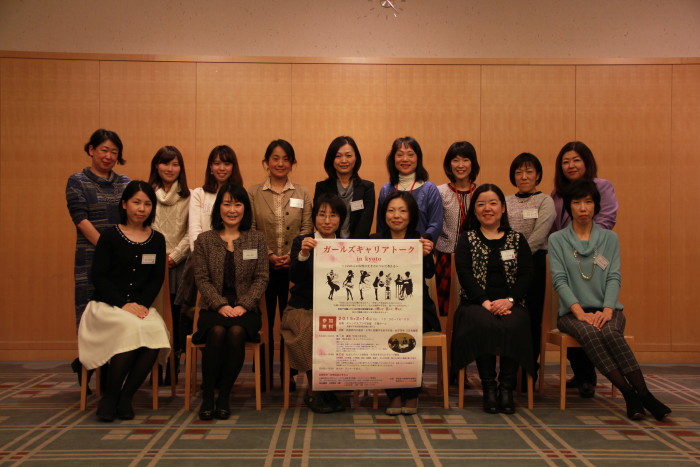
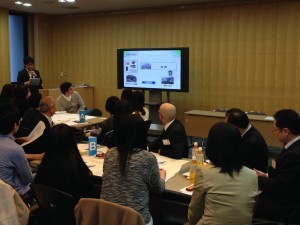
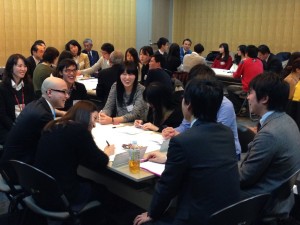
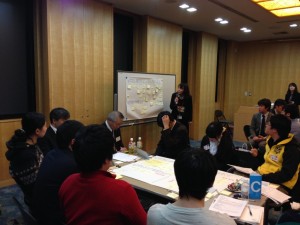
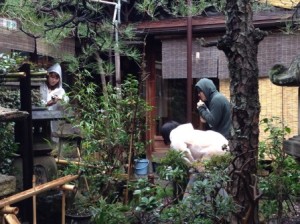
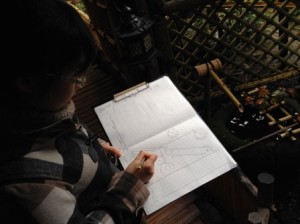
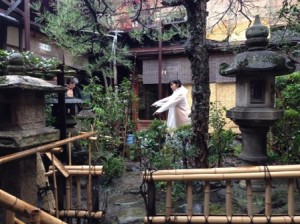
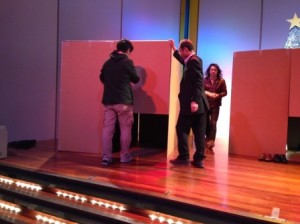
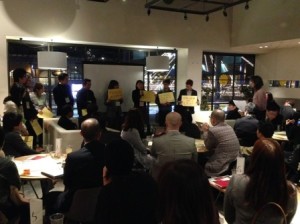
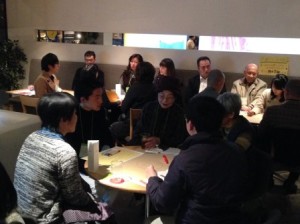
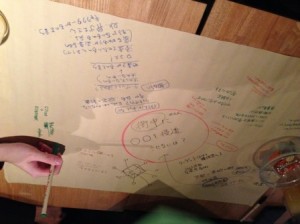
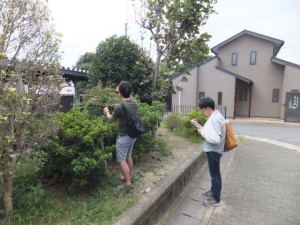
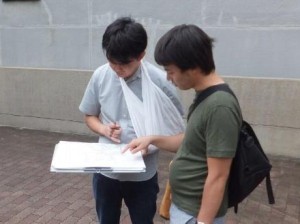
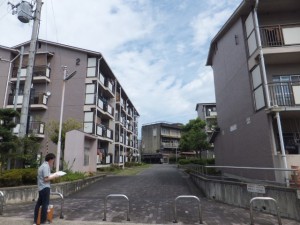
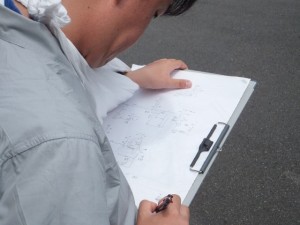
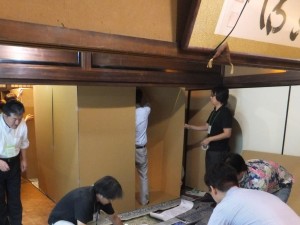
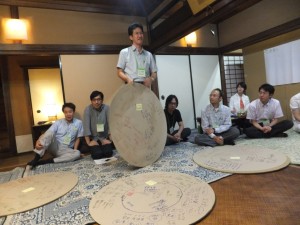
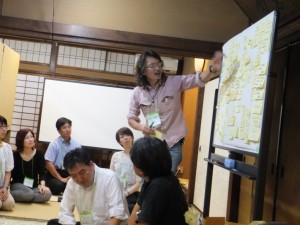
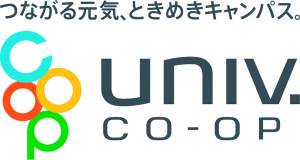
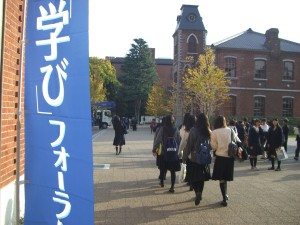
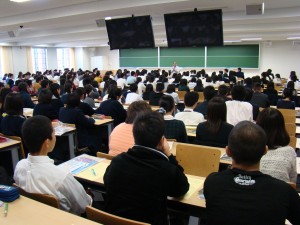 Mock lecture
Mock lecture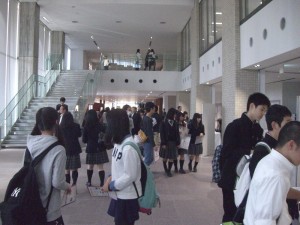
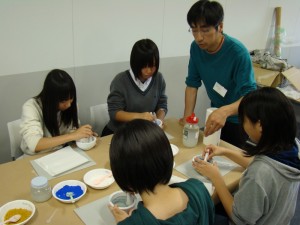 Hands-on course
Hands-on course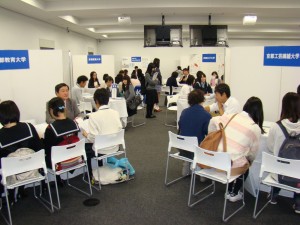
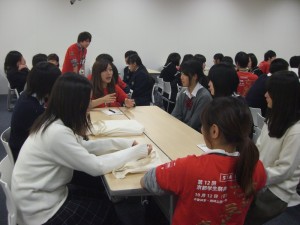 talk with university students at each university booth
talk with university students at each university booth

